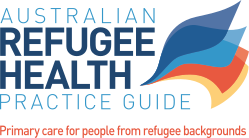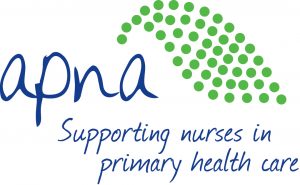Prescribing tips
Table of contents
Overview
- Taking medications correctly requires the use of effective communication techniques to reduce non-adherence, adverse events or failure to take medication as prescribed. Failure to do this increases the risk of medication errors.1
- Many people from refugee backgrounds, including people seeking asylum, come from areas where pharmaceuticals are poorly regulated and understood.
Approach to care
It is important that the person understands how, why, and when to take the prescribed medication. This can be achieved by:
- Working with professional interpreting services when necessary.1 See Communication and interpreters.
- Providing translated material where possible. Note that translated material may not be readily available in all languages, particularly for newly arrived or small communities or language groups.
- Asking the interpreter to write instructions in the patient’s language.
- Using diagrams rather than written words; available through online tools such as EASIDOSE and/or images of medications on MIMS on line.
- Using health literacy principles that confirm the patient’s understanding of how to obtain and use medications correctly in an Australian context. This can be done by another member of the health team, such as the practice nurse.1
- Explaining the need for long-term prescriptions and the concept of ‘repeat prescriptions’, which may be unfamiliar.
- Requesting that pharmacists use phone interpreters by specifying this on scripts. For information about fee-free interpreting see Communication and interpreters.
- Confirming the adherence to medications prescribed; this can mean needing to re-prescribe medicines.
Person-centred prescribing requires understanding about cultural practices and beliefs, values and previous experiences with medications to assess possible impacts on taking medications correctly. For example, people in refugee camps may be used to sharing medicine, and/or not taking the correct dosage because the medicine will last longer and therefore cost is reduced. Education about correct use will need to incorporate the person’s individual needs for information.
Considerations
- Take into account a patient’s cultural or religious practices. For example, patients of Muslim faith may require halal medications.
- PBS-listed drug and generic brands are preferable because of their lower cost.1 Consider affordability of medications, including making arrangements for asylum seekers who do not have access to Medicare/concession cards.
- Some people use herbal or traditional medicines that have the potential to interact with prescribed medicines. Always ask about the use of other traditional and non-prescription medicines.
- As people move to other areas, especially in the early stages of settlement, it is helpful to supply a list of current medications.
- A Home Medicines Review for Medicare card holders at risk of medication errors may promote better understanding of medications. See Home Medicines Review.
References
- Kay M, Wijayanayaka S, Cook H, Hollingworth S. Understanding quality use of medicines in refugee communities in Australian primary care: a qualitative study. Br J Gen Pract. 2016;66(647):e397-e409.




